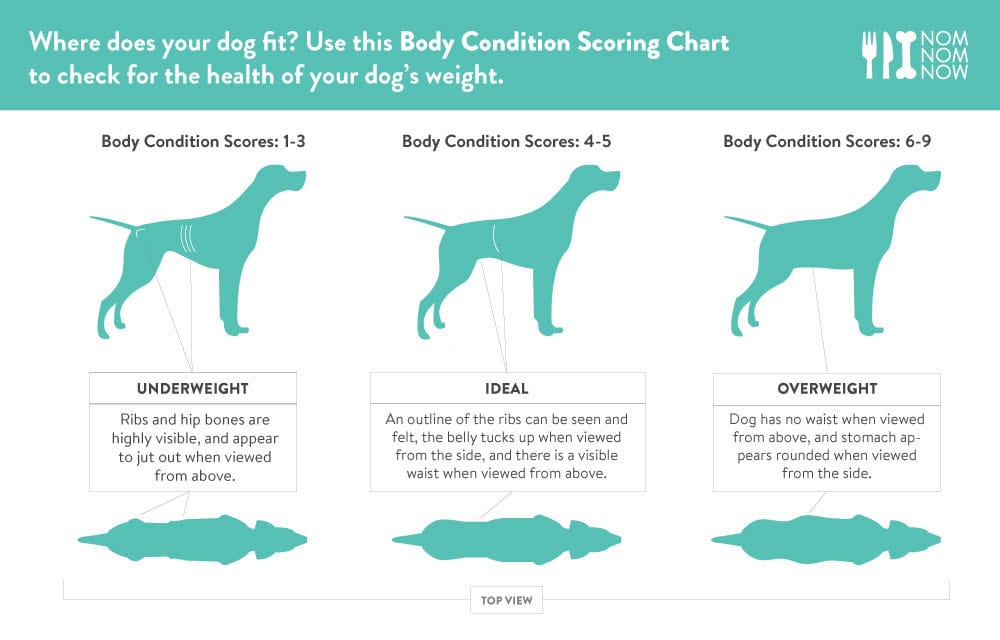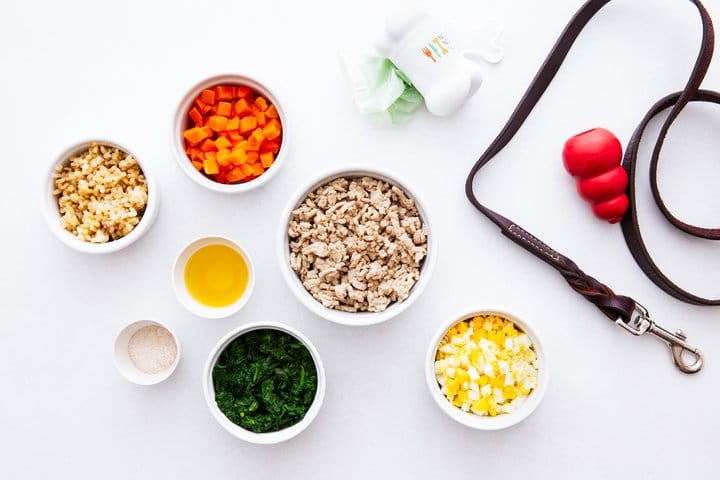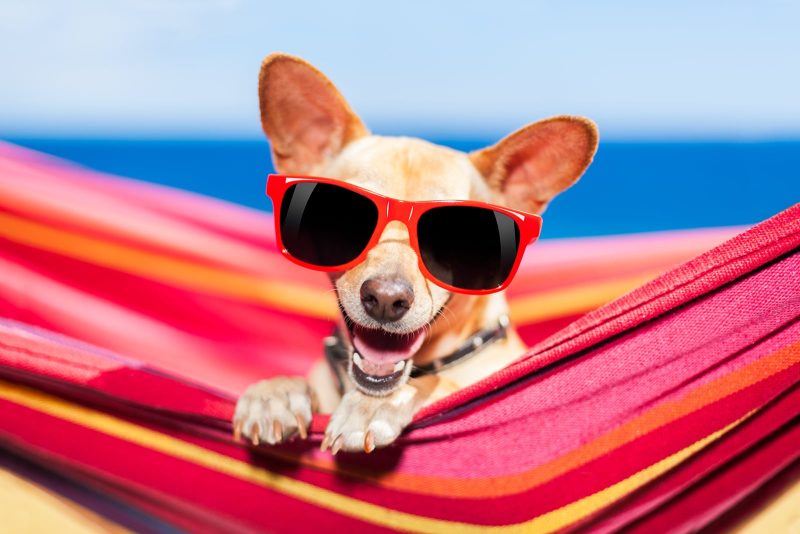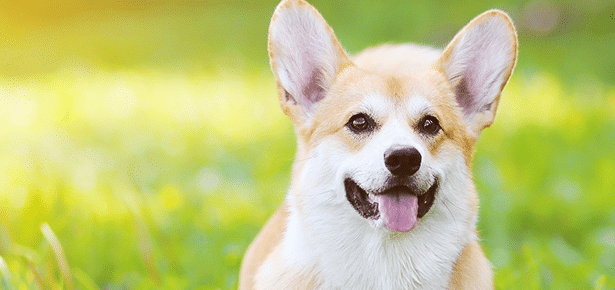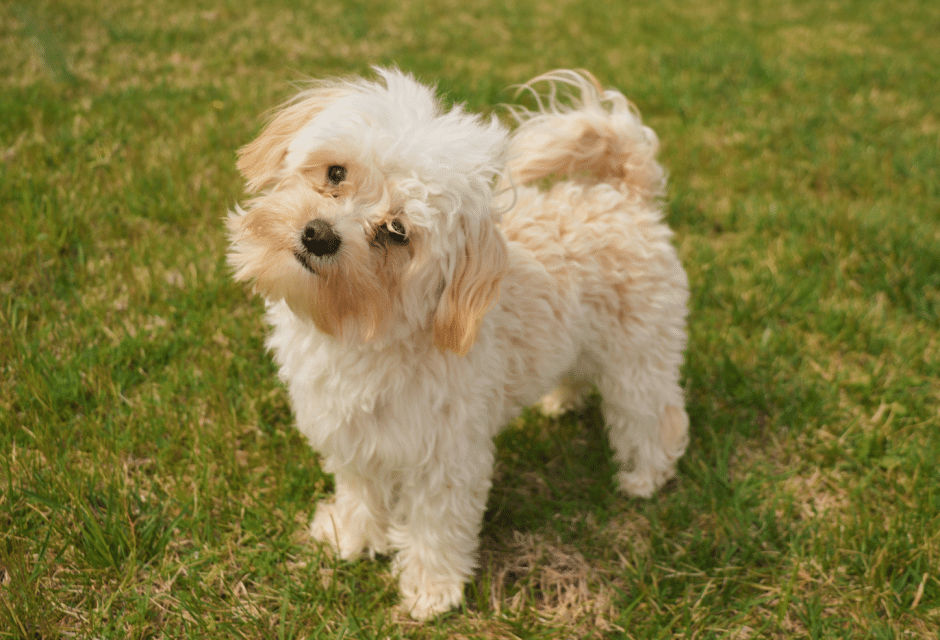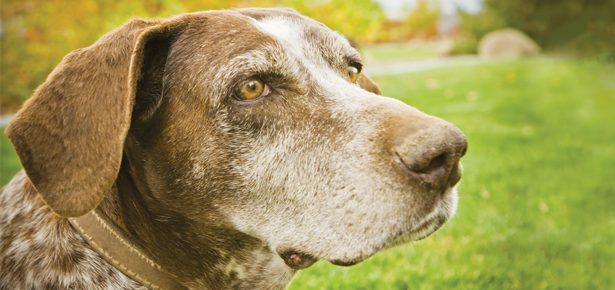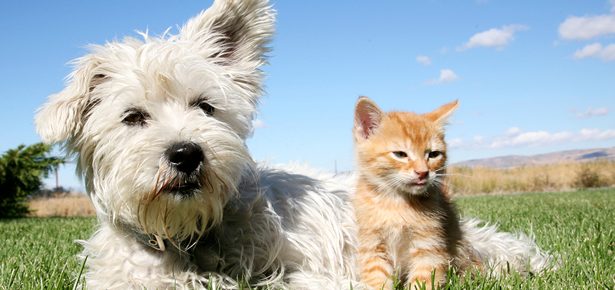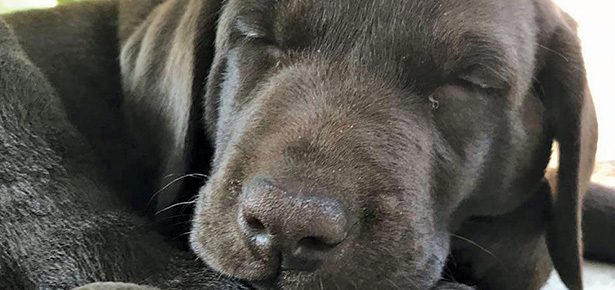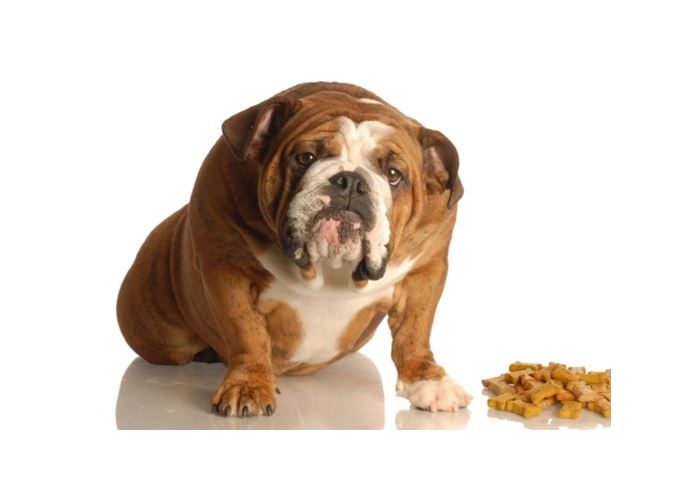
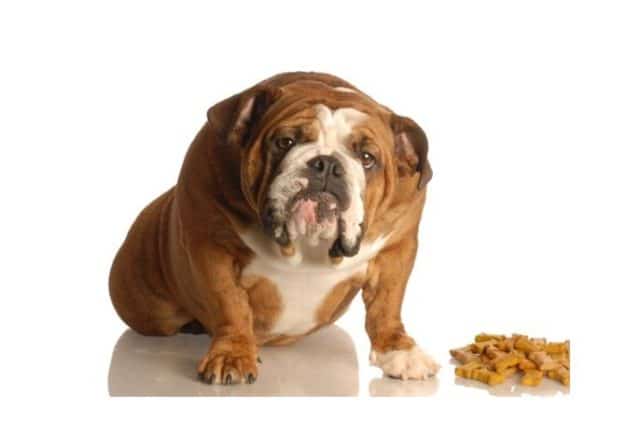
How to Tell If Your Dog is Overweight or Obese
And what you can do if they are
In partnership with Nom Nom
Whilst we are highly aware of the growing epidemic of human obesity, did you know that obesity in pets is a similarly alarming problem? In fact, nearly 60% of dogs and cats in the US are either overweight or obese. While a chubby puppy might be cute, overweight and obese pets can face a range of health problems; these include joint disease, respiratory disease, diabetes, cancers, and heart problems and ultimately shorter lifespans and low quality of life.
Factors such as breed build and fur type means it’s not always easy to tell if your pet is overweight. So what can you do to determine if your dog has a weight issue and what can you do about it?
How to tell if your dog is overweight or obese
It can be difficult to tell if your dog is overweight by just looking at them. Giving them a quick check over at home is a good way to see if there could be a weight problem and the easiest way to do this is with a Body Condition Score (BCS).
The Body Condition Score
This is a hands on assessment of your dog’s physical condition. It considers how easily you can feel your dog’s ribs and shoulder bones, if you can feel your dog’s spine and hip bones but not see them, if you can see your dog’s last rib, if your dog has an hourglass figure, and if your dog has a defined waist when you view them from the side. From this, you can then assign a score of 1 through 9 to your dog as follows:
1 – 3: Underweight → Ribs, spine and hip bones easily visible, little fat, very obvious waist
4 – 5: Ideal Weight → Ribs, spine and hip bones not visible but can feel easily, well proportioned, can see a waist line
6 – 9: Overweight to Obese → Ribs, spine and hip bones not easily visible or felt, diminished waist or can’t see waist at all, excess of fat deposits on waist, face and limbs
Other ways to assess your dog’s weight
Along with BCS, assessing everyday activities can help determine if your dog could be overweight and that it’s time to talk to your vet. Some of the following could indicate a weight issue:
- Struggling to get up from a sitting or lying position
- Wheezing whilst breathing
- Constant panting
- Avoiding play or playing less than they used to
- Needing help getting in the car, on to sofas or beds, getting up stairs etc.
- Appearing winded after minimal movement, for example after greeting you when you come home
Reasons that could have led to your dog being overweight
Once you’ve determined that your dog could be overweight or even obese, it’s time to take a look at what could have caused this issue.
Diet: this might seem obvious but what you feed your dog and the portion sizes of each meal can drastically affect their weight. In terms of what is being 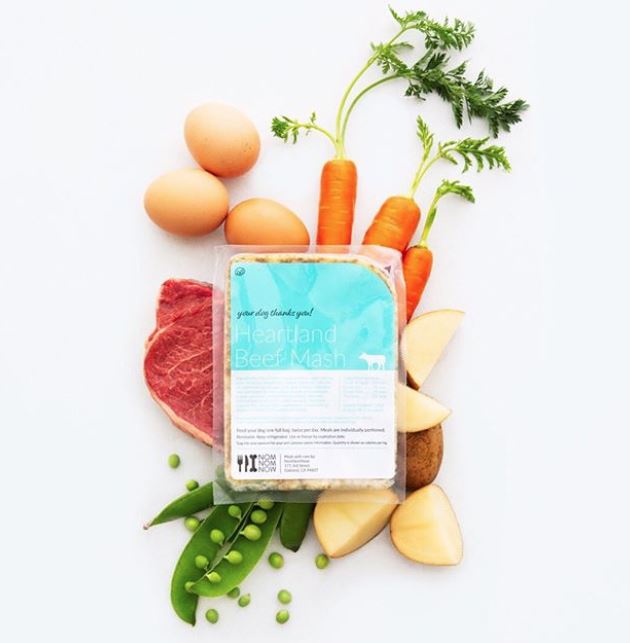
Age: middle aged animals (aged 6 – 10) are the most at risk of being overweight or obese but this declines with increased age.
Mood: dogs described as depressed by their owners were 4 times more likely to be obese than happy pets. Signs of depression in dogs can include becoming inactive and withdrawn and you may notice a difference in eating and sleeping habits.
Inactivity: just like with humans, a low level of activity can result in your dog being overweight or obese. If your dog exercises less than 4 hours a week, they are 6 times more likely to be obese than dogs exercising over 7 hours a week.
Overall Health: if your dog has an existing condition, it could be affecting their weight. Joint pain for example, could be discouraging them from exercising or a thyroid issue or other metabolic or endocrine disorder could be resulting in them being under or overweight. Ideal weight and body composition also varies greatly from breed to breed so always talk to your vet about your pet’s ideal weight, if there is in fact a weight issue, and if an underlying health problem could be the cause.
How you can help your overweight dog lose weight
Having decided it’s time to do something about your dog being overweight or obese, you need to not only consider diet but also how to change their overall lifestyle to see consistent and healthy weight loss.
Determine Your Dog’s Weight Loss Goals
The first step for your dog’s weight loss is to talk with your vet and set some realistic goals. Weight loss is a sustained effort so tracking progress over time is the best way to keep on top of your dog’s progress and you can then easily see if they are losing weight too slowly, too quickly, or if they have plateaued and adjust their plan as needed. Again, your vet will advise you on the best weight loss plan, but a goal of losing 0.5 to 2% of total body fat a week is normal.
Diet for Weight Loss
Whilst you should look at lifestyle factors, a change in diet plan will be the main component of your dog’s weight loss.
Choosing the right food: the goal of your dog’s weight loss plan is to restrict calories whilst still meeting all their nutritional needs. A balanced and nutritionally complete diet for your dog that will still help with weight loss, will include meals that are high in lean proteins and lower in fats and carbohydrates. If you decide to change your dog’s food for their diet, Nom Nom is a perfect option. They deliver individually portioned meals customized just for your dog and their health goals, directly to your door. Using only human-grade ingredients (which are highly digestible), these tasty meals will not only help your dog diet but can also elevate mood and energy levels. Expertly formulated by leading board-certified veterinary nutritionist, Dr. Justin Shmalberg, you know your pet is only getting the best!
Don’t forget treats! Just because your dog is on a diet doesn’t mean they can’t have treats. Just be cautious of the treats they are being given and ensure they make up less than 10% of daily caloric intake. Ideally, treats would be 1 ingredient (we love Nom Nom yummy single ingredient treats) or healthy, natural snacks like vegetables.
Add-ins to Boost Palatability: if your pet is losing weight and being fed appropriate portion sizes but is still hungry (this can be shown by begging even after being fed), try bulking out their food with healthy add ins. This could be as easy as watering food down or mixing in some fiber rich veggies like broccoli, celery, green beans, and cauliflower.
Smaller, More Frequent Meals: some studies have shown that feeding one large meal a day could contribute to increased risk of weight issues. Consider splitting your dog’s meal into 2 to 4 smaller meals a day. This can help in the burning of calories and can help curb hunger.
Weekly Weigh Ins and Consistent Monitoring of Progress
Once you put your dog on their diet, monitoring their progress is crucial. Do weekly weigh-ins and make changes to their plan as needed (for example, 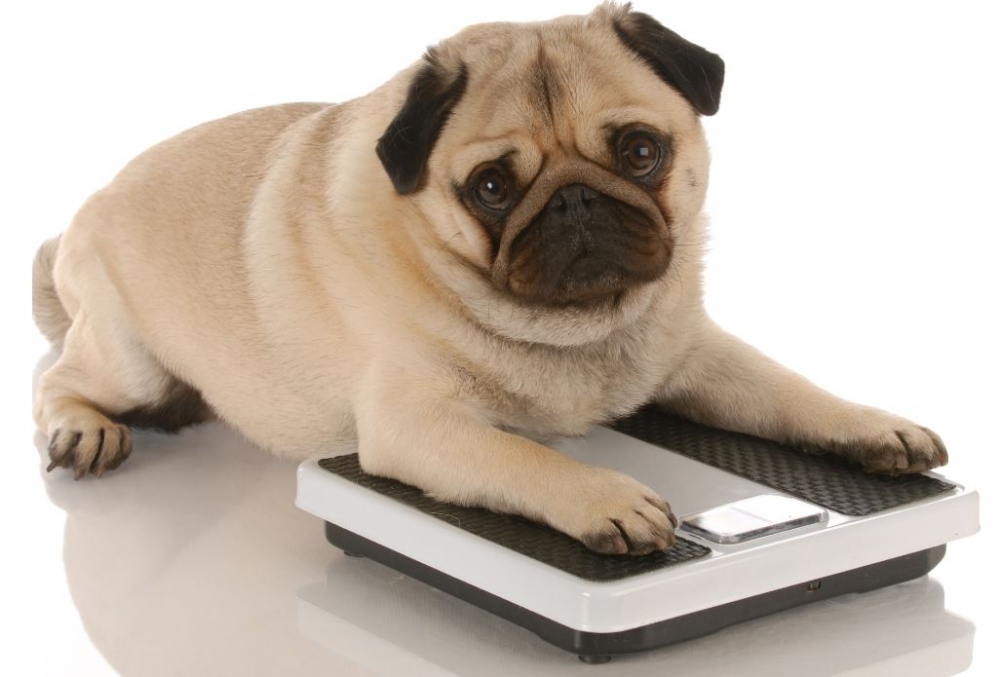
If your dog has more than a few pounds to lose, it can take some time but with a well formulated diet and exercise plan and consistency in implementing that plan, your dog will be living a better and healthier life in no time!
Always make sure to discuss weight loss with your vet. Whether you want to determine if your dog is overweight or obese or formulate a weight loss plan, your vet will be able to provide the most full and complete diagnoses and next steps for happy and healthy weight loss.
Join the newsletter and never miss out on dog content again!
"*" indicates required fields
By clicking the arrow, you agree to our web Terms of Use and Privacy & Cookie Policy. Easy unsubscribe links are provided in every email.
